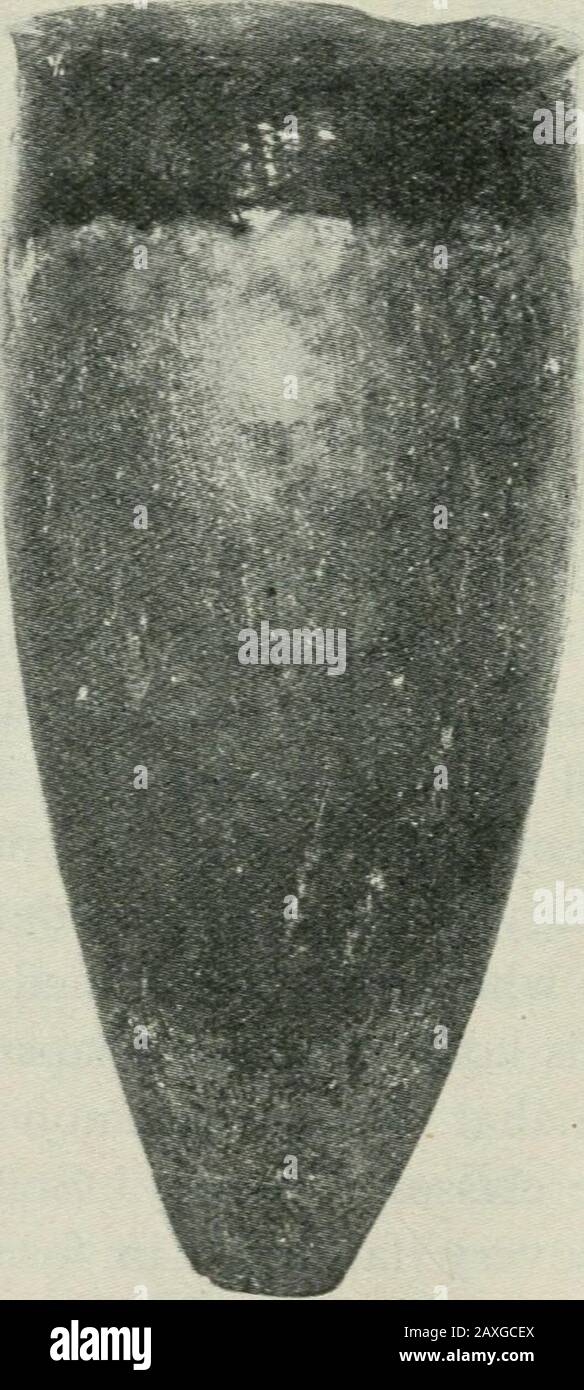Manual of Egyptian archæology and guide to the study of antiquities in EgyptFor the use of students and travellers . 286 THE INDUSTRIAL ARTS. craftsmen when once exercised in this direction wasunbounded, and they adapted everything to theirpurpose—granite, diorite, breccia, pink jade, alabaster,. Fig. 242.—Black-topped pottery. a soft Hmestone adapted for fine work, and a materialeven more easily worked, namely, pottery paintedand glazed. Although the art of modelling, decorating, andfiring pottery was never carried to such perfection POTTERY 287 in Egypt as it was in Greece, it was not for th

Image details
Contributor:
The Reading Room / Alamy Stock PhotoImage ID:
2AXGCEXFile size:
7.1 MB (424.9 KB Compressed download)Releases:
Model - no | Property - noDo I need a release?Dimensions:
1060 x 2356 px | 17.9 x 39.9 cm | 7.1 x 15.7 inches | 150dpiMore information:
This image is a public domain image, which means either that copyright has expired in the image or the copyright holder has waived their copyright. Alamy charges you a fee for access to the high resolution copy of the image.
This image could have imperfections as it’s either historical or reportage.
Manual of Egyptian archæology and guide to the study of antiquities in EgyptFor the use of students and travellers . 286 THE INDUSTRIAL ARTS. craftsmen when once exercised in this direction wasunbounded, and they adapted everything to theirpurpose—granite, diorite, breccia, pink jade, alabaster, . Fig. 242.—Black-topped pottery. a soft Hmestone adapted for fine work, and a materialeven more easily worked, namely, pottery paintedand glazed. Although the art of modelling, decorating, andfiring pottery was never carried to such perfection POTTERY 287 in Egypt as it was in Greece, it was not for thewant of the crude material. The valley of the Nilesupplies a variety of fine ductile clays from whichgreat results might have been obtained had it beencarefully prepared, but in many cases the clay was ffM¥^